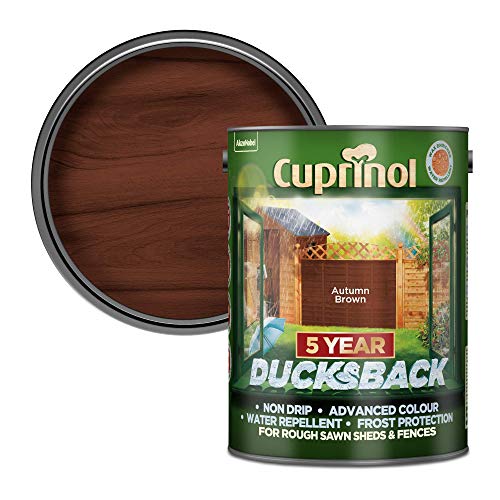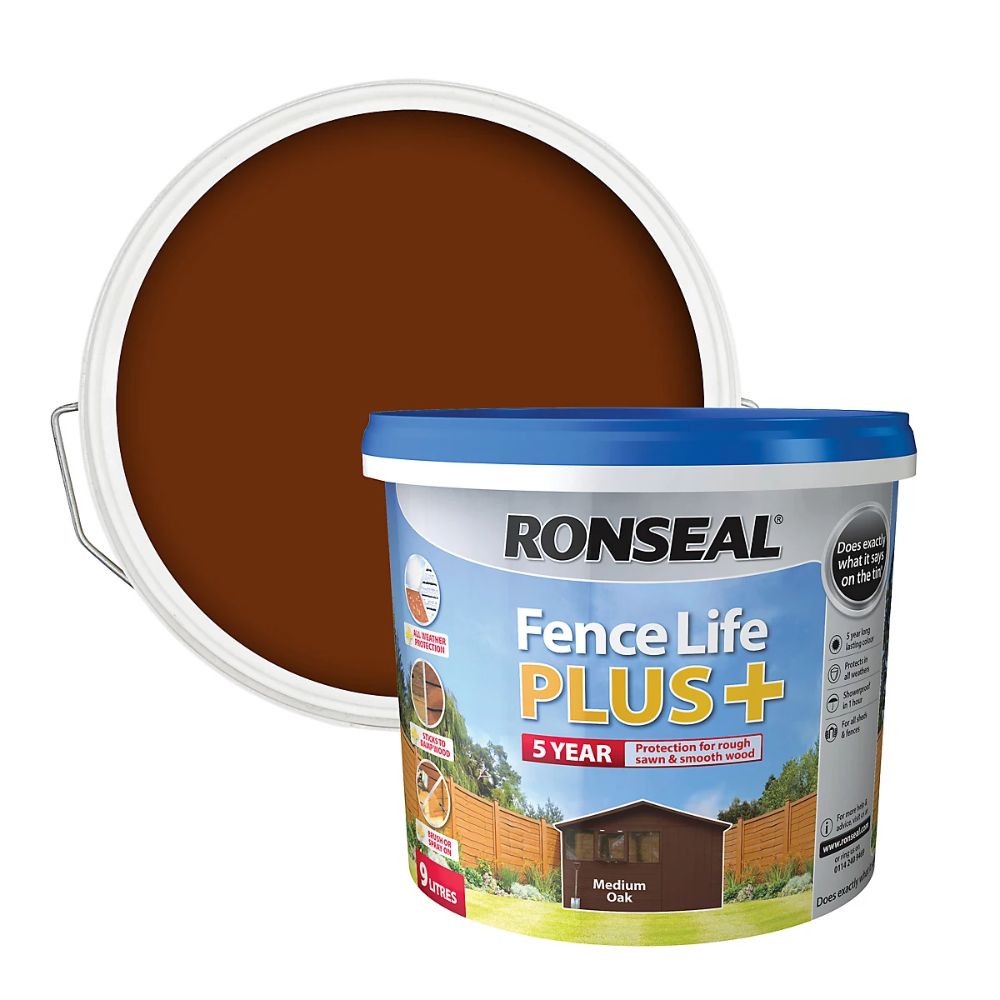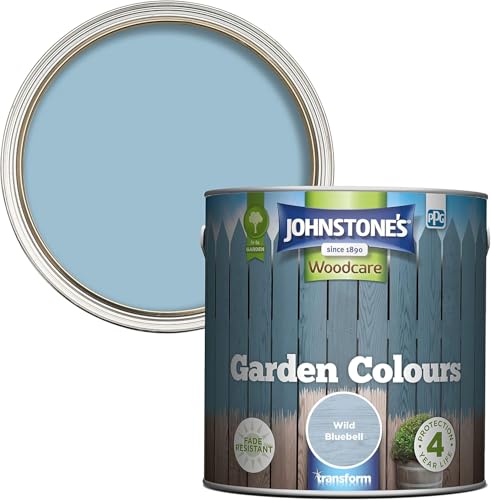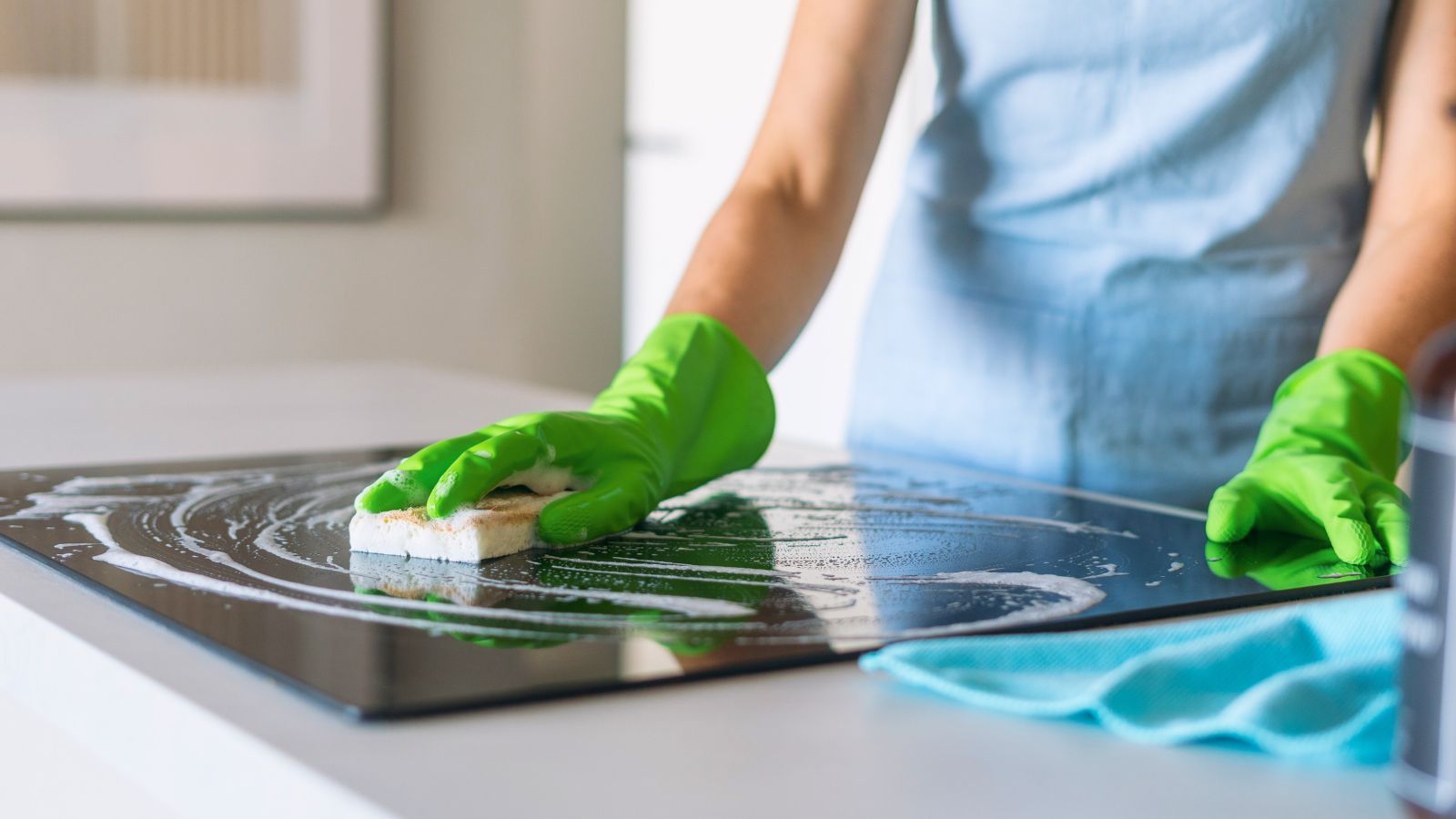Think you can paint your side of your neighbour’s garden fence? The truth could cost you more than you realise
Before you pick up a paintbrush, here’s what the law really says about painting your side of a neighbour’s garden fence
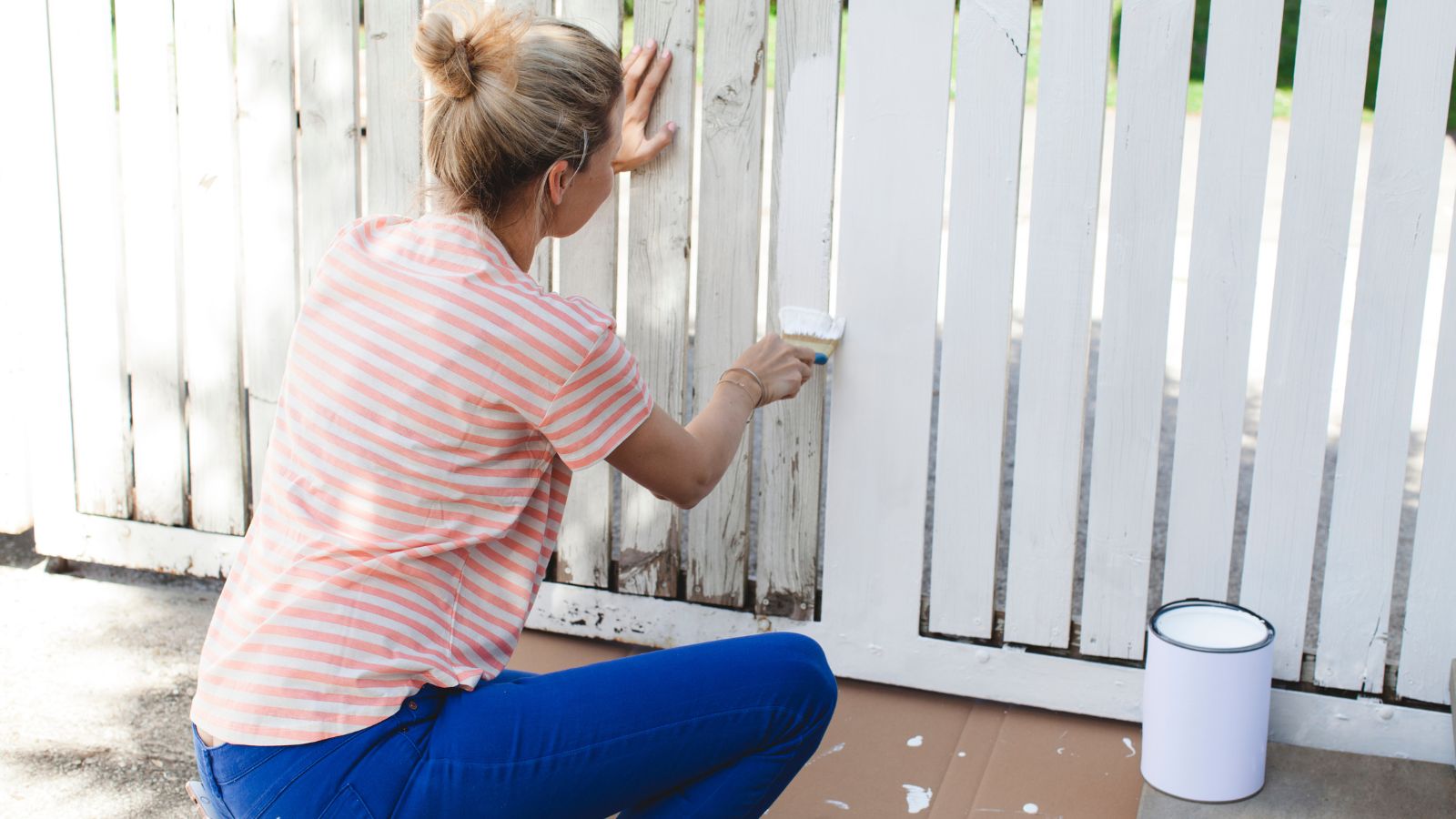
If you’ve ever looked out at a drab or weathered fence panel, you might have wondered: can I paint my side of my neighbour’s garden fence? It feels like a harmless way to freshen up your outdoor space, but the answer isn’t quite as straightforward as many homeowners assume.
While it might seem logical that “your side” of a boundary fence is yours to change, legally that isn’t the case. A fence almost always belongs to one property, and without clear ownership rights, taking a paintbrush to it could land you in hot water. In fact, altering your neighbour’s fence without permission could even be considered damage or trespass.
So, before you stock up on the best fence paints, it’s worth understanding the rules. From checking the deeds to opening up a conversation with your neighbour, here’s what the experts say about whether you can legally paint your side of a neighbour’s fence, and what safer alternatives you might want to consider.
Can I legally paint my side of my neighbour’s garden fence?

The short answer is no, not without their permission. Even though you might think of it as “your side,” the fence panels still belong to whoever owns the boundary and altering them without consent can legally be classed as damage or trespass.
Jagdeep Sandher, partner and head of civil litigation at Blythe Liggins Solicitors, explains this in simple terms: “No, you can't. This is because the fence is owned by your neighbour, so it's their property. If you want to paint the fence, you need to ask the permission of the neighbour who owns it.
Even if both you and your neighbour are happy with it, it’s advisable to agree the scope of the arrangement in writing so everyone knows the scope of works which will be undertaken. This would also help to prevent a dispute if either property is sold.
It’s worth remembering that if one side is painted and the other isn't, there's a risk that paint can bleed through fence panels if it's a wooden fence. The agreement should cover what would happen in eventualities like this. "
Bring your dream home to life with expert advice, how to guides and design inspiration. Sign up for our newsletter and get two free tickets to a Homebuilding & Renovating Show near you.
In other words, while painting a fence might seem harmless at first, it’s legally no different from making changes to any other part of your neighbour’s property. Even a fresh coat of wood stain without asking first could lead to complications down the line.

Jagdeep is the Head of the Civil Litigation Department at Blythe Liggins. He was awarded the Legal 500 Recommended Lawyer status in 2017 and has acted for both Claimants and Defendants in the County Court and High Court.
How to know who actually owns the garden fence
Before you can decide whether to paint a fence, you need to know who actually owns it. Many homeowners assume they’re responsible for the fence on a particular side but that’s not always the case.
Jagdeep Sandher explains: “There’s a misconception that it is easy to distinguish whose fence is whose – a lot of people believe they are responsible for the fence on the left-hand side of their garden, but that's not always correct. The deeds are key – usually, there is a T mark on the plan on the deeds of the side of the boundary which you have to maintain.”
But as Nyree Applegarth, partner and head of property litigation at Higgs LLP, points out, even the paperwork can leave questions unanswered: “You should first look at your land registry title document and plans, but very often they may not give the full answer, and you may need legal advice. It is common for there to be some doubt about ownership of boundary features and for a boundary surveyor to have to be appointed to help with interpreting HMLR registers and plans.”
In short, ownership almost always lies with one party, but it isn’t always obvious. If your deeds don’t make things clear, expert legal advice can save a lot of conflict later on.

Nyree Applegarth is Partner and Head of Property Litigation at Higgs LLP. With over 22 years’ experience, she specialises in neighbour and boundary disputes, offering expert advice on fence rules, ownership, and property rights.
What happens if you paint without permission?
Painting a neighbour’s fence without their consent might seem trivial, but in the eyes of the law it’s anything but.
Jagdeep Sandher warns: “If you don’t own the fence and you paint it without the owner’s permission, it would likely be classed as damage. The neighbour who owns the fence could bring a claim on the basis of damage and nuisance. This could result in you being ordered to replace fence panels, or to have it professionally painted and treated to return it to its original condition. If the fence was treated with stain without permission, that’s impossible to remove from a wooden fence, so you could even be liable for the cost of a complete replacement.”
And Nyree Applegarth stresses that criminal liability isn’t out of the question: “In the worst case scenario you could be sued for damages for trespass (although any damages awarded are not likely to be anything more than nominal damages) but the legal costs of pursuing such a claim would be high and disproportionate. You could also find you are charged with criminal damage.”
Neighbour-friendly alternatives to painting

If your neighbour isn’t happy for you to paint their fence, you still have plenty of ways to improve the look of your garden without causing conflict.
Jagdeep Sandher suggests a green approach: “An easier option may be to create a ‘green screen’ or ‘green fence’ – planting against the fence to mask it. As long as the planting is maintained and doesn’t cause any problems to the fence, you would be well within your rights to do that, as long as it's on your side of the boundary.”
Another option, says conveyancing solicitor George Levett, is to install something entirely your own: “If permission is refused, unfortunately, there is limited legal recourse: you cannot compel a neighbour to allow you to paint their fence. A more practical solution may be to install your own fence panel directly inside your boundary, which you are free to paint as you wish.”
From trellis with climbing plants to a brand-new decorative screen, focusing on features you control is often the quickest way to get the look you want without falling foul of the law.

George Levett is a legal expert and co-founder of Conveyancer Plus –
FAQs
What if my neighbour refuses permission?
A polite conversation might get you the green light to go ahead with your painting plans, but if your neighbour refuses, you’ll need to look for alternatives on your own side of the boundary.
Nyree Applegarth explains: “If the neighbour owns the fence, and you have no entitlement to paint it, then unless there is a clause in a transfer or lease document that requires a party to paint a fence, and you have the ability to enforce that clause, then there is no legal action you can take.”
Can my neighbour stop me planting against their fence?
No. As long as the planting is entirely on your side of the boundary and properly maintained. If your plants damage the fence, though, you could be liable for fence repair costs.
Does it make a difference if I’m leasehold?
Yes. If you’re a leaseholder, you may need permission from your landlord or management company as well as your neighbour before altering boundaries.
How can I avoid disputes over fences?
The best approach tends to start with a polite conversation. As conveyancing solicitor George Levett explains, “A polite request, coupled with an offer to cover costs, often avoids conflict. But from a legal standpoint, you should never assume you can paint a neighbour’s fence without clear permission.”
What are the best fence paints?
If your relationship with your neighbour is on good terms and they’ve given you the green light for a fence facelift, these tried-and-tested paints are our top picks.
Understanding the fence rules that apply to your property is the simplest way to stay on the right side of the law. Whether it’s checking the deeds, asking permission, or exploring creative alternatives, a little clarity up front can save you from costly disputes with your neighbours.

Gabriella is an interiors journalist and has a wealth of experience creating interiors and renovation content. She was Homebuilding & Renovating's former Assistant Editor as well as the former Head of Solved at sister brand Homes & Gardens, where she wrote and edited content addressing key renovation, DIY and interior questions.
She’s spent the past decade crafting copy for interiors publications, award-winning architects, and leading UK homeware brands. She also served as the Content Manager for the ethical homeware brand Nkuku.
Gabriella is a DIY enthusiast and a lover of all things interior design. She has a particular passion for historic buildings and listed properties, and she is currently in the process of renovating a Grade II-listed Victorian coach house in the West Country.
